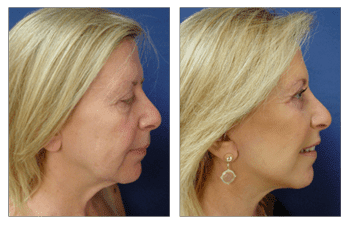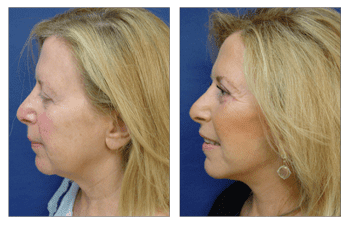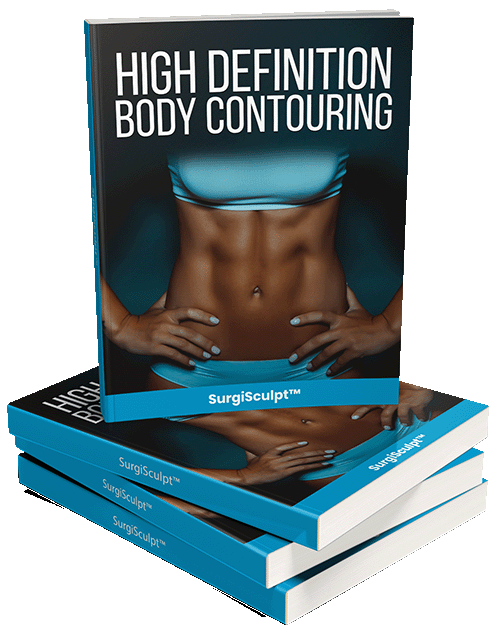



Introduction: Fat Transfer for Lower Eyelids
Why would you transfer or add fat to the lower eyelids? When patients present for lower eyelid surgery, they are typically concerned about loose, wrinkly skin overlying a bulge! This bulge occurs because the fat that typically lives in the orbit is pushing out and herniating from inside the orbit to the outside creating an unsightly fullness, referred to as a festoon. The festoon extends from the middle of the lower eyelid to the natural groove that forms at the junction of the lower eyelid and the upper cheek.
As a result, appreciating why the addition of fat would be beneficial can be confusing! Fat transfer for lower eyelids describes a procedure that involves the harvesting and processing of fat into micro packs which are then injected back into the lower eyelid cheek junction. To appreciate fat transfer to the lower eyelid would be helpful it is important to discuss the lower eyelid anatomy.
Lower eyelid anatomy
The lower eyelid describes the region that extends from the lid margin down to the lower cheek. This region is spanned by very thin skin that can become both wrinkly and saggy. Underneath the skin, lies a very thin muscle layer, and under this structure lies a firm component called the tarsal plate and a malleable component called the orbital septum. When patients present for a lower blepharoplasty, they are typically concerned about three aesthetically unappealing changes:
1st) Wrinkled skin that develops from the natural aging process and sun damage.
2nd) Fat bulge in the lower eyelid, called the festoon which develops when the orbital septum thins out and allows for the herniation of the orbital fat.
3rd) Deepening of the crease between the festoon and the upper cheek called the nasojugal groove.
Lower eyelid blepharoplasty
To correct the above concerns, a lower eyelid blepharoplasty involves three maneuvers that include trimming skin redundancy, trimming out the bulging and herniating fat, and adding fat into the nasojugal groove. Fat transfer for lower eyelids can be accomplished by two maneuvers. The first maneuver involves repurposing the removed fat to fill in the nasojugal groove. An alternative involves transposing the fat directly into the groove from underneath the orbital septum rather than removing it and replacing it. Only by eliminating the festoon bulge and filling in the nasojugal groove with fat transfer can the lower eyelid and cheek contour be optimally contoured.
Correction of eyelid hallows, elimination of eyelid bulges, and elimination of redundancy are all critical components of a lower eyelid blepharoplasty. It is important to mention that the elimination of skin redundancy may also require supplemental maneuvers when the lid margin is loose which may require id margin trimming, repositioning, or even muscle sling maneuvers. Regardless, fat transfer for lower eyelids whether by repositioning of fat or by removal and grafting is a mainstay of blepharoplasty.
Fat grafting technique
The fat transfer for the lower eyelids portion of surgery usually takes 10 minutes to complete when compared to the 1-2 hours of total surgical time for blepharoplasty. Fat grafting requires fat harvest that can be obtained for the herniated orbital fat of from distant areas. The fat is then micronized using the Tulip transfer system. Finally, it is reintroduced into the nasojugal groove. Fat volumes of transfer to the lower eyelids can range from 1 to 4cc’s per lower eyelid depending on the degree of lower eyelid hollowness, in the region of the nasojugal groove.
Conclusion: Fat transfer for Lower Eyelids
Fat transfer for lower eyelids is a mainstay of lower eyelid blepharoplasty that involves either fat grafting or fat repositioning. Please appreciate our 58-year-old female status post face and neck lift surgery, fat grafting to nasojugal creases, and lower eyelid blepharoplasty.
